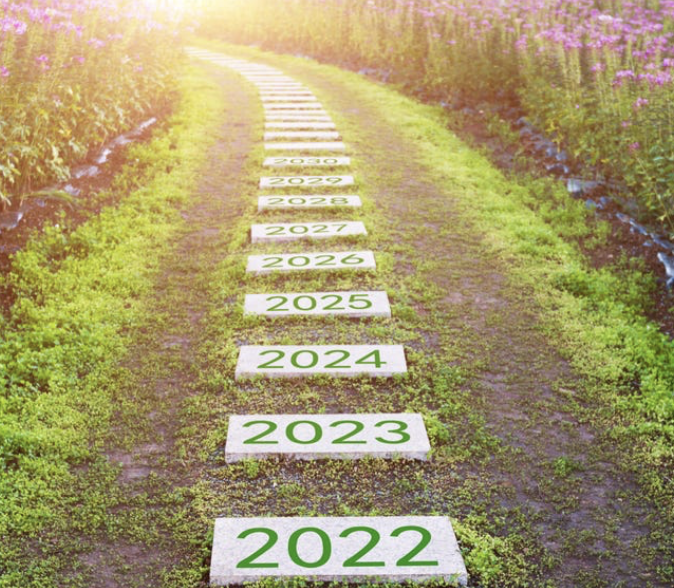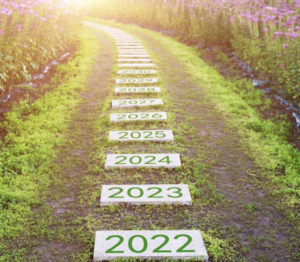
What life in 2030?
To preserve the climate, we must reduce greenhouse gas emissions by 50% by 2030.
We no longer have a choice. For the planet and to avoid global warming of 1.5°C, we must reduce greenhouse gas emissions by 50% by 2030, and by 20 by 2050.
But what does it actually represent in everyday life to halve your CO2 emissions? And what actions to put in place?

Yes, we can still use our smartphone, travel by car, fly or eat meat. But not like today. It will be necessary to review its habits in a much more reasoned way, so that they are compatible with the limits of the planet and to show solidarity with all its inhabitants.
In 2030, we will use apps to share services or better borrow various means of transport, we will be flexitarians and we will show creativity to discover the world without systematically taking a plane. In short, we will have to reduce our consumption, track down waste and pay the right price for limited and polluting resources (fossil energy in particular).
Some examples :
today |
In 2030 | Measures taken that should be taken between 2019 and 2030 to achieve this result* |
| One large car (diesel 7l/100 km and a small one (petrol 5l/100 km) per household | A small electric car or no car at all | • Carbon pricing.
•Investments in alternatives. • Ban on diesel. |
| 9 kg of new clothes each year | 3 kg of new clothes each year | • Encouragement of the circular economy (to offer better quality clothing).
•Carbon tax at borders (no t-shirts from far away sold for $1). |
| A new smartphone every 18 months | A new smartphone every 4 years | • Law against planned obsolescence.
•Development of the repair sector. |
| Beef several times a week | Beef once a week | • Animals fed with feed produced on the farm. |
What do you think?